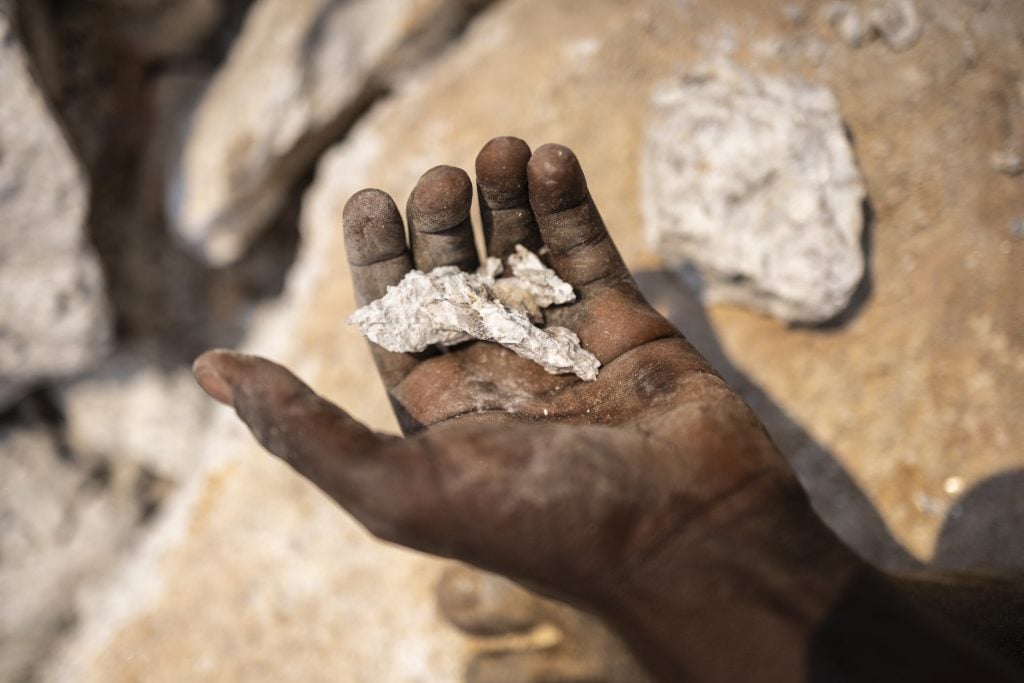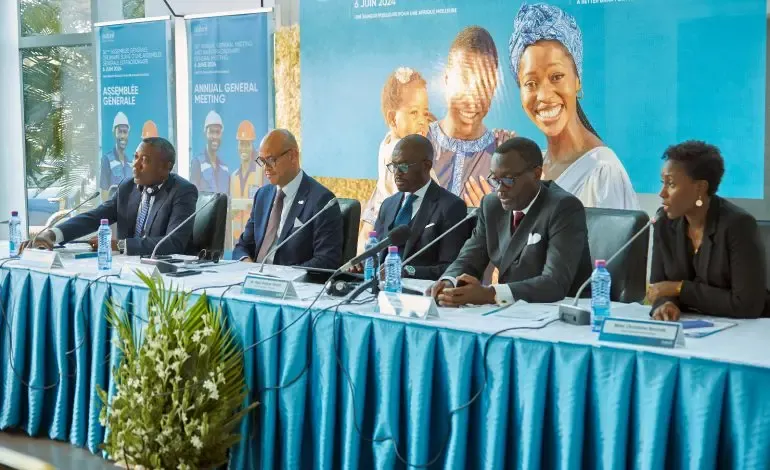
This article is sponsored by Backbase
The current landscape of financial access is due to the continent’s weaknesses, in the form of limited access to the internet and smartphones, but also its strengths, including its role as the incubator of mobile money services, which have now brought payment services to hundreds of millions of people for the very first time. Yet rather than viewing mobile money purely as competition to digital banking, it is more likely that it will provide a launch pad for the latter to take off.
Although the banking landscape may be very different in Africa to elsewhere, the benefits of digital technology are largely the same. Bank apps and web platforms allow customers to make transactions at the time and place most convenient for them, while giving them easier oversight of their finances. Banks themselves benefit from lower staff and premises operating costs, as well as the ability to create vast amounts of data enabling them to provide tailored solutions to their customers. Whether in New York, New Delhi or Nairobi, the advantages are obvious.
It is difficult to find accurate figures on penetration rates for digital banking on the continent but in December 2022 professional services firm McKinsey estimated that 20-30% of the African population made use of digital banking services, although it conceded that this could be an underestimate. By comparison, it put the figure for both Latin America and Asia at around 50%, with a rate of up to 72% in other parts of the world. McKinsey also put the proportion of payments made by digital or electronic means in Africa at about 5-7% of the total, the lowest rate in the world.
According to the World Bank, the proportion of the African population with a bank or mobile money account has increased rapidly from 23.33% in 2011 (compared with a global average of 50.63%), to 42.63% in 2017 (global average, 68.5%) and then 55.07% in 2021 (global average, 76.2%), the most recent year for which full figures are available. The 2021 figure for Africa masks huge differences between countries, with the lowest rate recorded in South Sudan at 5.83%, while Mauritius came out top with 90.53%. Markets with high penetration rates still have massive growth potential in terms of banks offering more products and services to their customers.
Two things are apparent from these relatively straightforward figures. Firstly, access to financial services is growing incredibly quickly worldwide, including in Africa, which will have wide-reaching benefits for people almost everywhere. This is a profound step that will come to be viewed as being of historic importance. And secondly, African financial service penetration rates lag those of the global average by some distance but that gap has closed in recent years, almost certainly partly because of new technology. There have been improvements in living standards but these have been more modest and unlikely to have prompted banks to begin paying attention to potential customers on the grounds of increased income.
World-leading sector
While the uptake of digital banking services has been slower in Africa than elsewhere in the world, the continent does lead the way in terms of mobile money. Out of the 315 mobile money services that the Global System for Mobile Communications Association (GSMA) identified worldwide in 2022, 154 were based in Africa, followed by 54 in East Asia and the Pacific and 34 in South Asia. In addition, 763m of the 1.6bn registered mobile money accounts in use that year were in Africa, while 45bn out of 65bn transactions worldwide were made on the continent. In short, mobile money systems are used by more people in Africa than anywhere else and those who use them, use them more than those living elsewhere.
Mobile money differs from mobile banking in that it is a pay-as-you-go digital medium of exchange and store of value using mobile money accounts, facilitated by a network of mobile money agents. It began as a means of transferring airtime between mobile accounts but soon evolved into an alternative money transfer system. Providers include mobile network operators and other organisations that partner with mobile network operators, independent of the traditional banking network. A bank account is not required to use such services.
The cash needed to fulfil the transactions carried out using mobile money services is paid out by a vast network of authorised agents, who operate across the African continent. According to the GSMA, there were 10m registered agents in sub-Saharan Africa in 2022, a rise of 13% on the previous year, so the sector is still growing rapidly and expanding into all parts of the continent. They handled $224bn in 2022, a record figure, but one that is likely to have been significantly topped last year. These agents can work for more than one provider and often also act as agents for traditional banks, allowing them to extend their operations into areas where they lack physical branches.
One big advantage that mobile money providers have over their digital banking counterparts is that users only require a basic mobile phone rather than a smartphone. Most phones currently in use in Africa are basic phones, leaving their owners unable to access digital banking services. By contrast, mobile banking is generally accessed via an app on a smartphone.
However, the popularity of mobile money services is not a bad thing for the uptake of digital banking, as using mobile money helps with the cultural shift needed to enable people to transition from cash to digital banking. Once more people acquire smartphones as the cost of both devices and data falls, many will migrate on to mobile apps and online banking. The average price of new smartphones sold in Africa has fallen in recent years, as Chinese manufacturers such as Infinix, Itel and Tecno have marketed handsets at less than $100, with Statista now forecasting that Africa will have 689m smartphones by 2028.
Mobile-first continent
According to research by cable.co.uk, Zimbabwe was the most expensive country in the world for data in 2023 at $43.75 per gigabyte (GB) of mobile data, while another four African states are listed among the top ten. The picture is very mixed, with Malawi the cheapest country in Africa at just $0.38/GB, but rates overall are falling. For instance, they declined in South Africa from an average of $6.78/GB in 2020 to $3.68/GB by the end of 2023, according to ICT market research and analysis firm, Africa Analysis.
Dennis Volemi, the Chief Technology Officer of KCB Bank Group, said: “Africa is a mobile-first continent, and as smartphones get cheaper and internet penetration improves, everything that we do – not just financial services – will revolve around the mobile.” Its mobile-first digital strategy has enabled it to grow its business and enhance customer satisfaction across the seven countries where it operates, he said. Indeed, KCB says that its current growth is actually being driven by digital loans that are arranged without any resort to human intervention.
Africa’s reliance on mobile banking platforms rather than online banking that can tap into extensive broadband networks could be exposed in some parts of the continent. Ethiopia, for instance, is in the process of opening up its telecoms and banking sectors to foreign competition, with mobile money proving particularly popular. Yet the very mountainous nature of much of the country means that many rural areas do not benefit from mobile coverage, making mobile apps inaccessible.
Critics have argued that digital bank services may not promote financial inclusion but rather merely offer an alternative to those who already have access to conventional bank services. However, there is plenty of evidence from other parts of the world to the contrary. In Brazil, the proportion of adults with access to bank services leapt from 56% in 2011 to 84% in 2021 as a result of the emergence of digital banks such as Nubank, which now has over 80m customers in the country, the creation of instant payment platform Pix and an investment regime that encourages competition. Efforts are now ongoing to reach the remaining unbanked tranche of the population.






Recent Comments